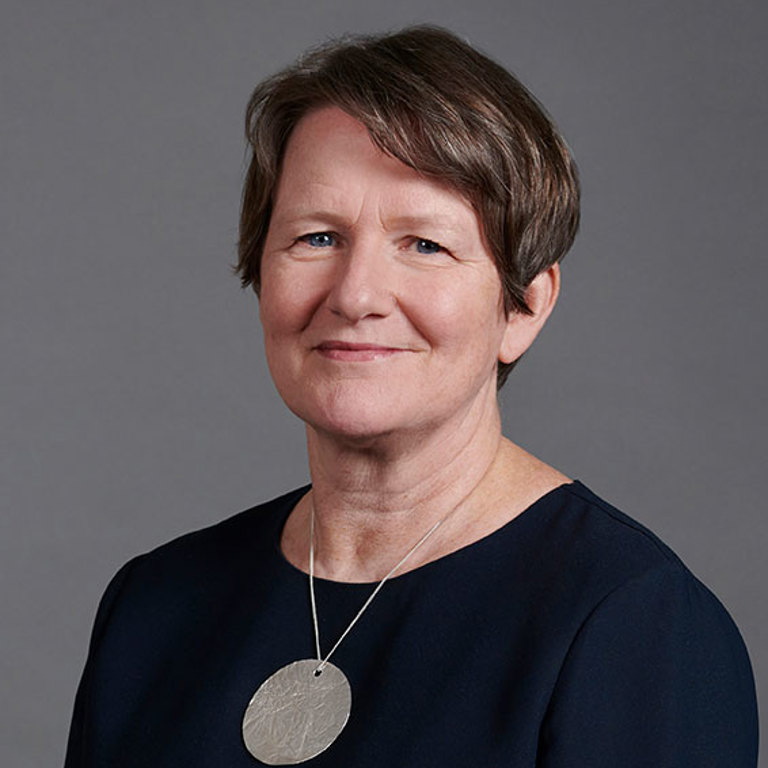Pensions Essentials - May 2024
Download PDF
|
Welcome to the latest edition of Pensions Essentials. This month we consider what the impact of the upcoming general election might be for pensions, an interesting Ombudsman determination, developments in relation to the dashboards and what the Pensions Regulator has been doing. If you are looking for information on a specific topic, our What’s Coming page has lots of useful information on recent developments and what’s on the horizon in the pensions world along with links to key documents that might be of interest. If you have any colleagues who would like to sign up for our communications, please email us. Chris Sharpe Partner |
Chris Sharpe
|
This material is provided for general information only. It does not constitute legal or other professional advice.
If you would like to discuss any of the above in more details, please contact your relationship partner or speak to one of the contacts below.







Watch list
For upcoming developments see our new Pensions: What's coming page.
|
No |
Topic |
Effective date or expected effective date |
Further information/action |
|
1 |
Changes to DC scheme governance and disclosure |
Late in 2024. |
Consultation expected on phased introduction of new value for money framework for all DC schemes (excepting some small schemes). Draft regulations to extend CDC to multi-employer schemes expected in 2024. Proposals on consolidators for small DC deferred pots expected late 2024, a taskforce has been set up. |
|
2 |
DB consolidation |
Legislation “as soon as Parliamentary time allows”, for new compulsory framework for superfunds. Public consolidator to be established by 2026, consultation on features closed on 19 April 2024. |
TPR updated interim guidance -issued August 2023. Consultation is ongoing on PPF becoming a public consolidator and the conditions that should attach to its operation as such. |
|
3 |
Changes to pensions tax allowances |
Lifetime allowance removed on 6 April 2024 and two new tax-free cash allowances introduced. |
Further amending Regulations expected in 2024/25. |
|
4 |
Repayment of surplus |
The reduction in the tax charge took effect on 6 April 2024. Consultation closed on 19 April 2024. |
Tax charge on repaying surplus reduced from 35% to 25%. Consultation has closed on facilitating repayment of surplus in ongoing schemes and appropriate safeguards for members. |
|
5 |
Funding and investment strategy requirements for DB schemes |
Legislation came into force 6 April 2024. Funding and investment strategy in place 15 months from date of the first valuation obtained on or after 22 September 2024. Revised Code of Practice from TPR expected to be published later in 2024. |
Consultation on covenant guidance expected later in 2024. TPR has issued a consultation on the form of the strategy statement. |
|
6 |
Notifiable events for DB schemes on corporate and financing activity |
Significant uncertainty about publication of Government response to consultation on draft Notifiable Events (Amendment) Regulations. |
TPR will consult on update to Code of Practice 2 (Notifiable Events) and accompanying guidance once DWP have published their finalised regulations and consultation response. |
|
7 |
Pensions dashboards |
Compulsory connection deadline of 31 October 2026 for schemes with 100 or more active and/or deferred members at year end between 1 April 2023 and 31 March 2024; staging timetable set out in DWP guidance. Application for deferral (in limited circumstances existing at 9 August 2023) must be made by 8 August 2024. |
All registerable UK-based schemes with active and/or deferred members. |
|
8 |
Corporate transparency |
The Economic Crime and Corporate Transparency Act 2023 introduces requirements on identity verification, corporate directors and limited partnerships. The requirement to have a registered email address and for registered offices to meet certain requirements came into force on 4 March 2024. Other provisions are due to come into force later in 2024. |
All corporate trustees and schemes using Scottish Limited Partnerships. More detail about what the Act requires can be found in our briefing. |







